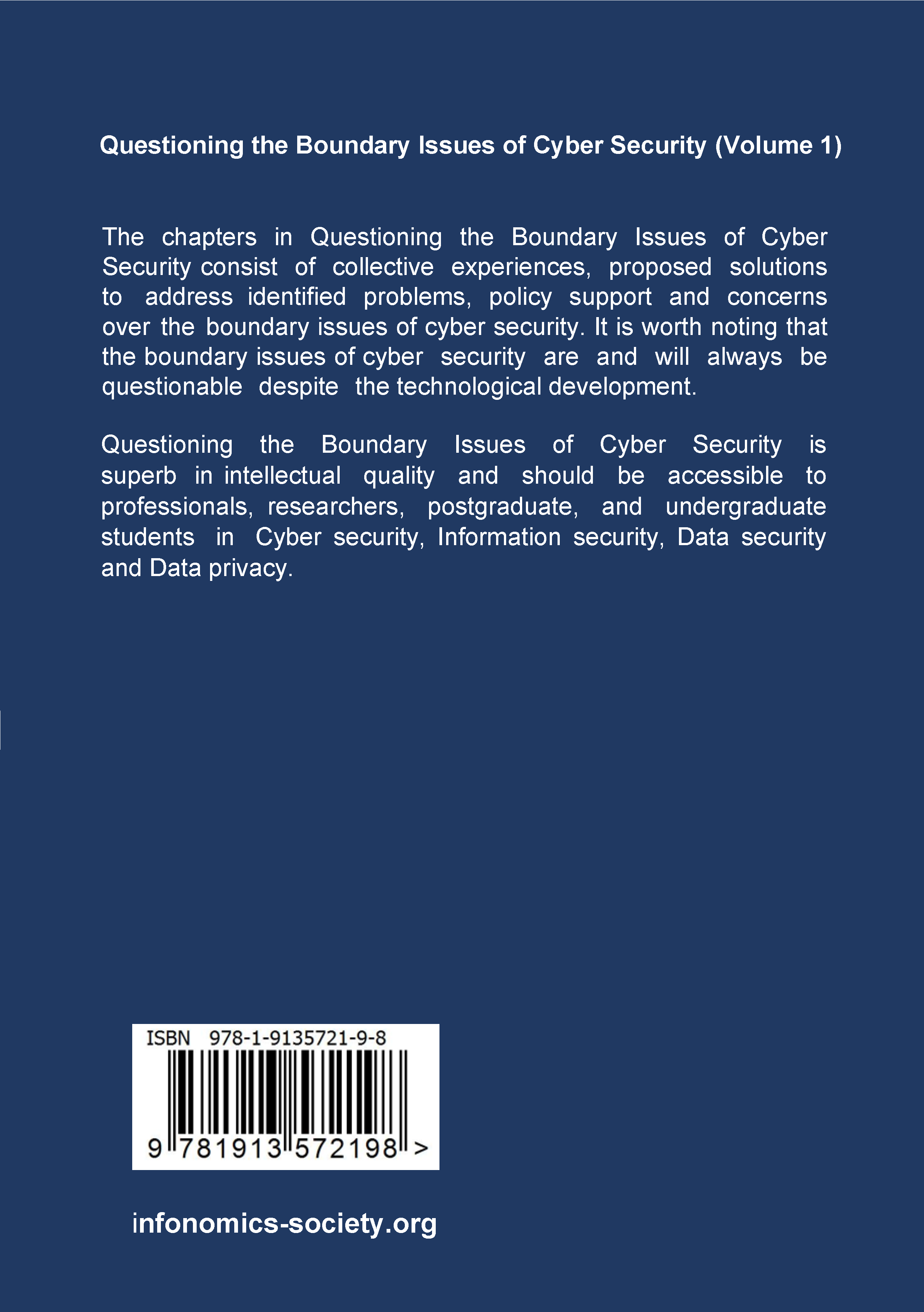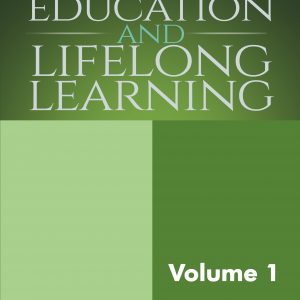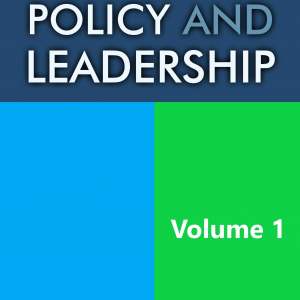Chapter 7
Evaluating Neural Network Temperature Accuracy in Four Country Cities Using Attractor Behaviour
The Chapter Seven presents the authors previous work, a method for improving neural network estimation accuracy using attractor behaviour. Existing neural network models mainly aim for accurate estimations of temperature transitions, we have focused on incorporating the attractor bursts of these transitions, finding strong correlations between estimation errors and attractor bursts. Our new method, which combines a simple neural network and temperature attractor behaviours, managed to predict accurate temperatures in Japan. To confirm our method’s scope of application, we performed additional experiments in five cities in Japan in 2019 and in seven cities in the United States, Canada, and Israel in 2016. The Japanese cities’ MAPEs in 2019 were comparable with their MAPEs in 2016, but the MAPEs of seven cities outside Japan were slightly worse than those in Japan. These results validated the usefulness of our method. We plotted the comparisons between estimation errors and attractor bursts for Toronto, Eilat, and Miami in Canada, Israel, and the United States, respectively, in 2016, and found clear correlations between estimation errors and attractor bursts except for Toronto. However, one challenge in our future work would be to explain the lack of correlation between the estimation errors and attractor bursts in Toronto. Approximating specific burst dates remains a challenge as well, but attractor training may be one possible solution to this. In this chapter, meanwhile, we verified the scope of our method’s application by performing additional experiments in 12 cities worldwide. The results endorse the usefulness of our method.
999 in stock
- Chapter 1
- Chapter 2
- Chapter 3
- Chapter 4
- Chapter 5
- Chapter 6
- Chapter 7
- Chapter 8
- Chapter 9
- Chapter 1
- Chapter 2
- Chapter 3
- Chapter 4
- Chapter 5
- Chapter 6
- Chapter 7
- Chapter 8
- Chapter 9
- Chapter 1
- Chapter 2
- Chapter 3
- Chapter 4
- Chapter 5
- Chapter 6
- Chapter 7
- Chapter 8
- Chapter 9
- Chapter 1
- Chapter 2
- Chapter 3
- Chapter 4
- Chapter 5

£25.99
Evaluating Neural Network Temperature Accuracy in Four Country Cities Using Attractor Behaviour
The Chapter Seven presents the authors previous work, a method for improving neural network estimation accuracy using attractor behaviour. Existing neural network models mainly aim for accurate estimations of temperature transitions, we have focused on incorporating the attractor bursts of these transitions, finding strong correlations between estimation errors and attractor bursts. Our new method, which combines a simple neural network and temperature attractor behaviours, managed to predict accurate temperatures in Japan. To confirm our method’s scope of application, we performed additional experiments in five cities in Japan in 2019 and in seven cities in the United States, Canada, and Israel in 2016. The Japanese cities’ MAPEs in 2019 were comparable with their MAPEs in 2016, but the MAPEs of seven cities outside Japan were slightly worse than those in Japan. These results validated the usefulness of our method. We plotted the comparisons between estimation errors and attractor bursts for Toronto, Eilat, and Miami in Canada, Israel, and the United States, respectively, in 2016, and found clear correlations between estimation errors and attractor bursts except for Toronto. However, one challenge in our future work would be to explain the lack of correlation between the estimation errors and attractor bursts in Toronto. Approximating specific burst dates remains a challenge as well, but attractor training may be one possible solution to this. In this chapter, meanwhile, we verified the scope of our method’s application by performing additional experiments in 12 cities worldwide. The results endorse the usefulness of our method.
999 in stock
£25.99
Category: Books
Tag: Inclusive Education and Lifelong Learning
Additional information
| Chapters |
Chapter 7 |
|---|
Author(s)
Huidong Tang, Hiroshima University, Japan
Masahiko Toyonaga, Kochi University, Japan
Content missing
Related products
About Us
From Art to Science and Climate Change to World Peace, we embrace technological advancement, innovative Ideas, encourages research collaboration and training worldwide. The Society also questions the boundary issues between societal and technological dimensions of knowledge evolution, which lead to the concept of Infonomics. As part of our continuous improvement, we develop innovative ideas that combine traditional techniques with advanced technologies to create something very different.
Quick Links
© 2024 All Rights Reserved | Privacy Policy





